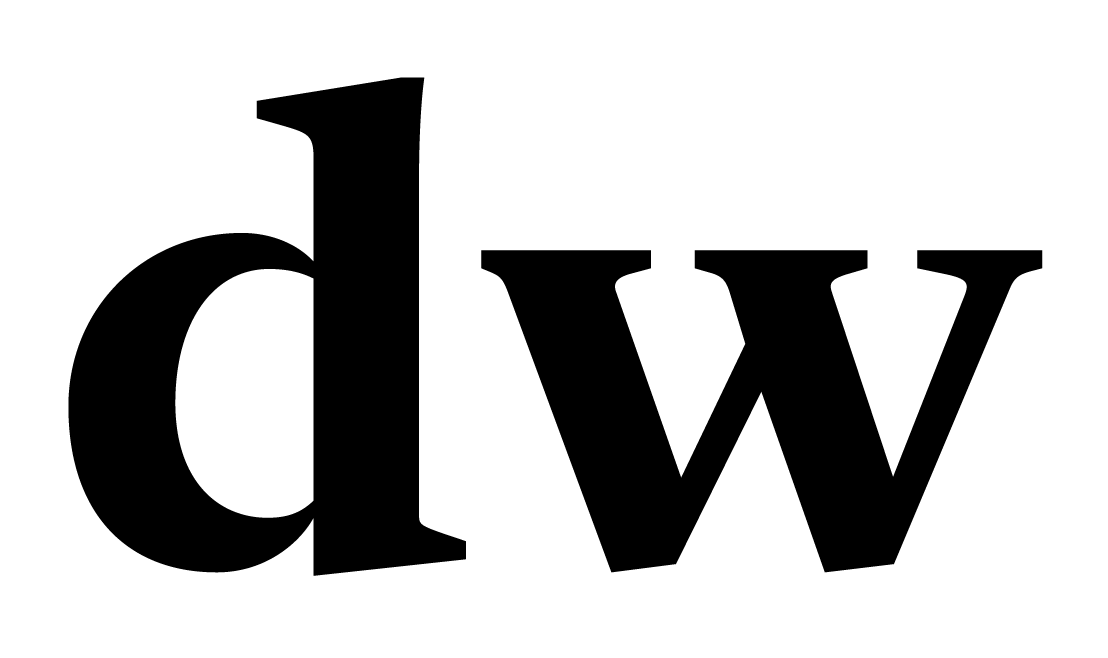Revisiting M.I.A.: No Easy Answers
In 2009, I wrote a grad school paper about M.I.A. at about the same time that the decades-long civil war in Sri Lanka was being swiftly and brutally ended by the Rajapaksa regime. In the intervening years, I became embarrassed, even ashamed, by the position I took in the paper. I took it down, although I think it remained online in the journal it was originally published in. I’ve put it back up because rather than pretend I didn’t write it, I feel I should offer an explanation.
I saw myself having argued that the semantics of the use of the word genocide mattered more than the horrors being committed by the Sinhala-majority army against the Tamil minority. My conclusion was that M.I.A. needed to be clear that she wasn’t glamorizing terrorism, but instead protesting ethnic cleansing. But the path of non-violence is a tough one, and it’s made so much easier by being able to express yourself freely. This is what art offers.
It’s not the whole premise of the paper I reject, but in some ways I’m exhausted by it: The complications of being too complicated. The truth is, I’ve felt the most sane, and clear about where I personally stand at a given moment in time, when I make artistic works. And the truth is, sometimes those artistic works only matter in the moment, in a way that is very personal. But sometimes they do stand the test of time, and they resonate in a more universal way.
My rebuttal to my own paper is M.I.A.’s “Born Free” music video. It is so simple, so clear, so direct, that its existence speaks for itself. It is a great work of art that sits alongside the most complicated or controversial, just waiting patiently to be seen and understood — despite the content warning.
Here is the bare bones problem with censorship of artistic expression: Without being able to learn about murder, murder cannot be controlled. Learning about mass murder requires descriptions of mass murder. Teaching empathy for victims of mass killings requires depictions of mass killings that unlock people’s imaginations. In “Born Free,” M.I.A. teaches empathy in an artistic language designed to connect with the people and culture of the country where she grew up as a refugee.
